Madrid Open: Clay innovation, underdog hotbed and legendary stage
As an important stop of the European clay season, the Madrid Open has become one of the most talked about tournaments in tennis since its inception in 2002 due to its unique court conditions, bold innovations, and frequent upsets. From the clay controversy to Kvitova's brilliant record, from Sabalenka's title defense to Li Na's unexpected defeat, the tournament not only witnessed the clash of technological innovation and traditional games, but also became a litmus test of a player's strength and mental toughness.
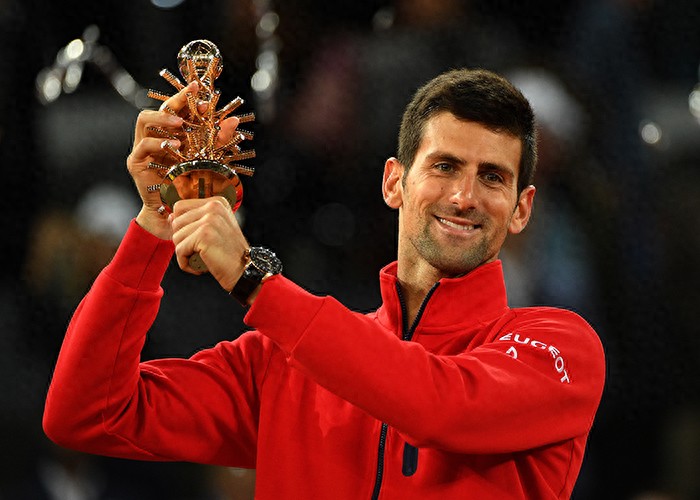
Originally a men's event, the Madrid Open was upgraded to the WTA Crown and ATP Masters in 2009, making it one of the most important clay-court tournaments before the French Open. The tournament organizer, Romanian tycoon Tiriak, has innovation at its core, trying to make it the "fifth Grand Slam". In 2004, he introduced a sexy model as a caddy, which caused heated discussions; In 2012, the unconventional blue clay course was launched, pushing the tournament to the center of global public opinion. Despite the controversy, the Madrid Open's ratings and commercial revenue continue to climb, with advertising revenue reaching 24 million euros in 2024, 75% of which comes from overseas markets, demonstrating its international ambitions.
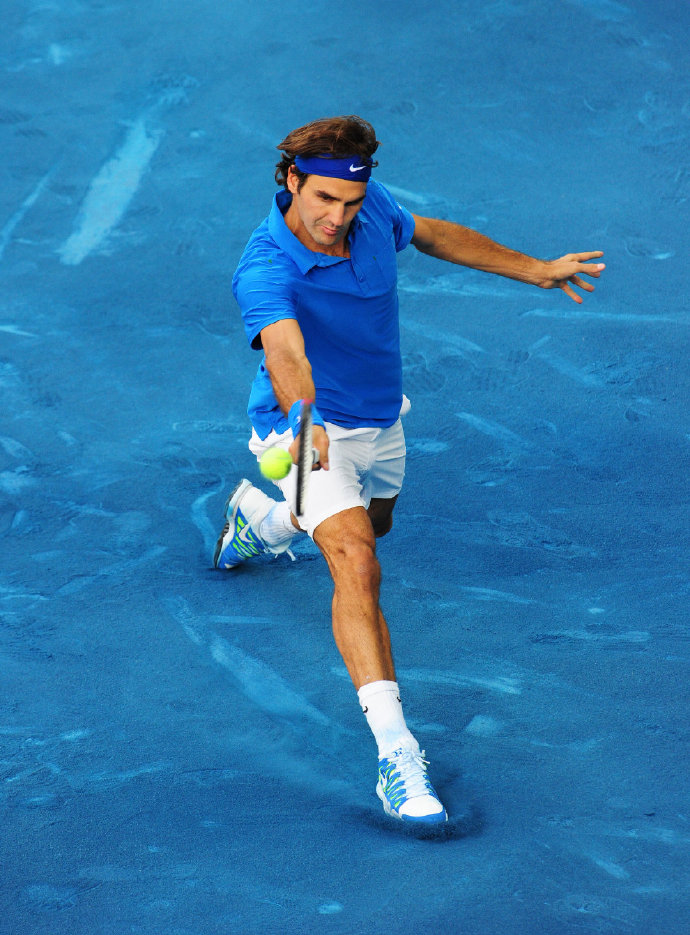
The uniqueness of the Madrid Open lies first and foremost in its high-altitude geography (about 650 meters). This makes the ball faster than on traditional clay courts, placing greater demands on the player's ability to adapt. The 2012 Blue Clay Revolution was a complete source of controversy: Tillac bleached the traditional red clay and dyed it blue, claiming that it would improve the visibility of the ball on television by 30%. However, the actual effect has triggered polar reactions - Nadal bluntly said that "blue clay subverts the essence of the game", Djokovic complained that the field was too slippery and "you need to wear football boots to play", and Azarenka criticized the ball for bouncing irregularly; Conversely, Federer believes that "players need to adapt to different courts", Sharapova praises the visuals, and Kvitova says that "the colors are cool". Although the clay was halted by the ATP after only one year of use, its bold attempt became a landmark event in the history of the tournament's innovation.
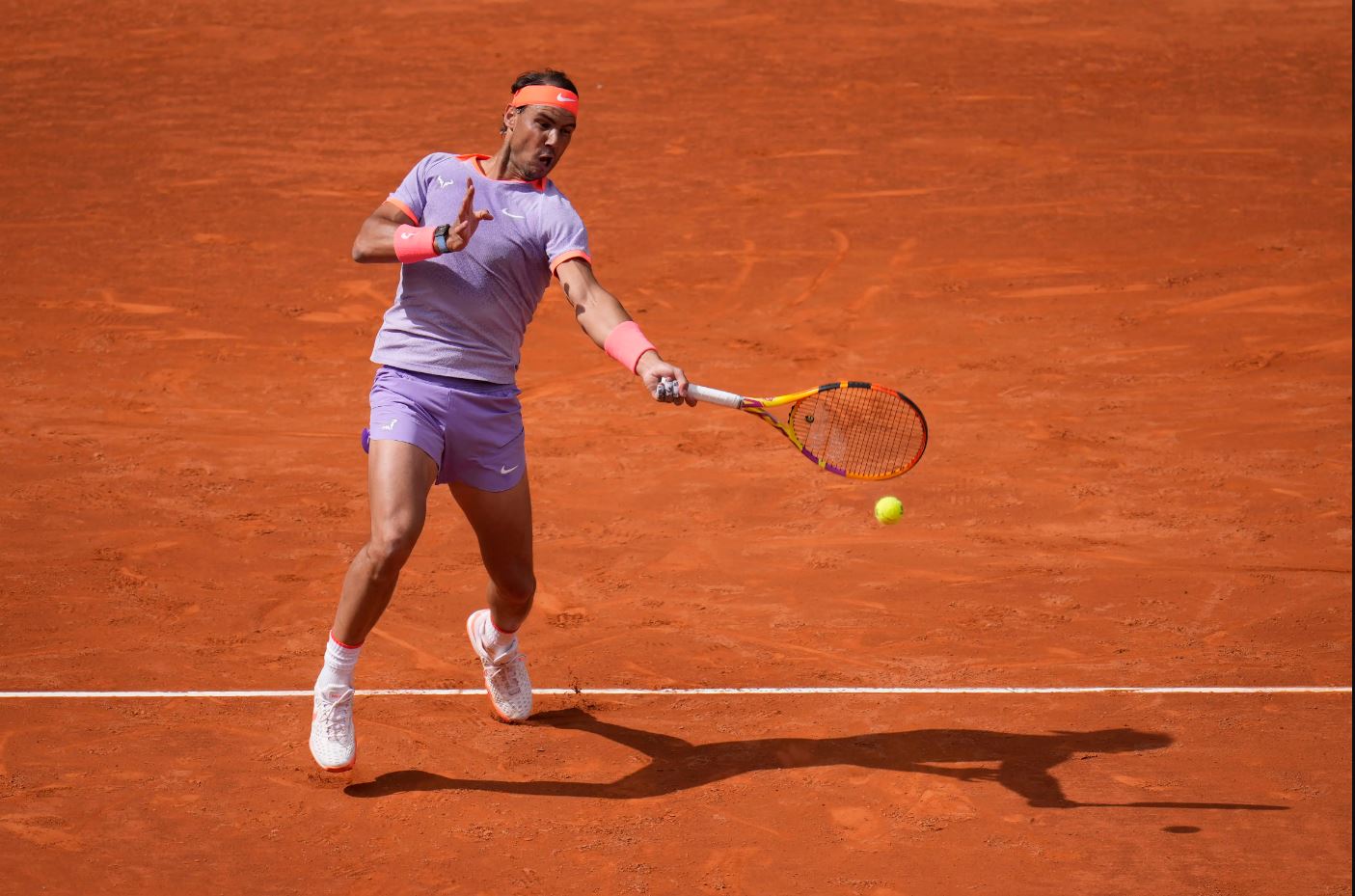
Czech star Kvitova set a number of records in Madrid: beating Azarenka for the first time in 2011; In 2015, she swept Kuznetsova and reached the top again; In 2018, they won the trophy for the third time, with a total of more than 30 wins. Her style of play is "social" – she can destroy top players with violent forehands or get out of the tournament with ups and downs. In 2021, after she advanced in the first round due to the withdrawal of her opponent, she sighed: "The plateau conditions here make me feel like a fish in water. "This unpredictability is in keeping with the dramatic nature of Madrid.
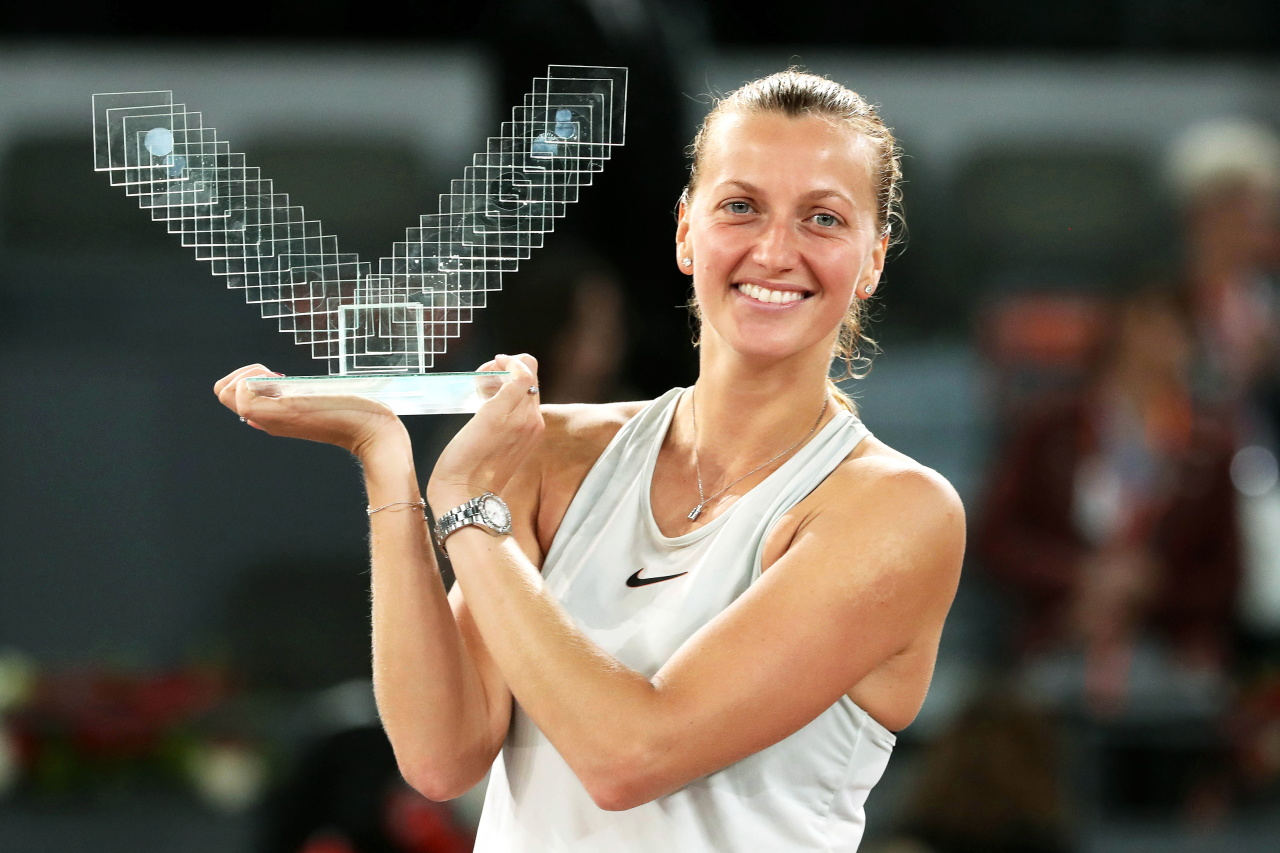
Belarusian fierce Sabalenka reached the finals in 2021, 2023 and 2024, and won the title twice in 2021 and 2023, before striking another stunning comeback in 2024: she showed great resilience against Rybakina, who came back 7-5 7-6 (7/5) after a 1-6 rout in the first set. Her violent serve and baseline attack are particularly lethal on Madrid's fast-paced clay, as she says: "The pitch here allows me to get into the attacking rhythm earlier. ”
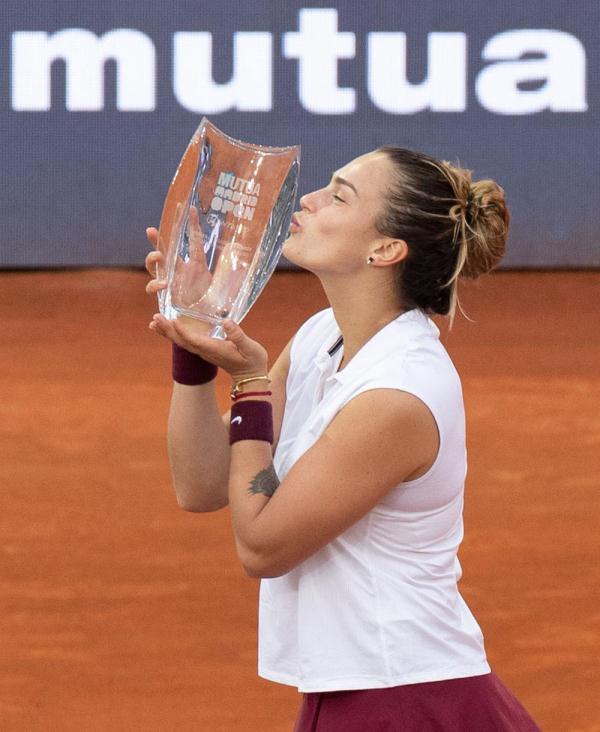
The Madrid Open is known as the "underdog incubator", and Li Na's first-round defeat to 18-year-old high school student Keith in 2013 is a typical case: Li Na's original opponent Paszek retired from the game, and Keith, who lost in the qualifying round, came off the bench and was only notified ten minutes before the game, and even "prepared while doing algebra homework". Li Na made 34 unforced errors and scored just eight winning points before losing 3-6 2-6. After the game, she refused to explain her performance, sparking speculation of "passive protest against the organizing committee". The match exposed the controversial nature of Madrid's schedule and confirmed the explosive potential of a new generation of players in the city, with Keys going on to become a runner-up at the US Open, confirming Li's prediction that "she has the strength of the world's top 15".
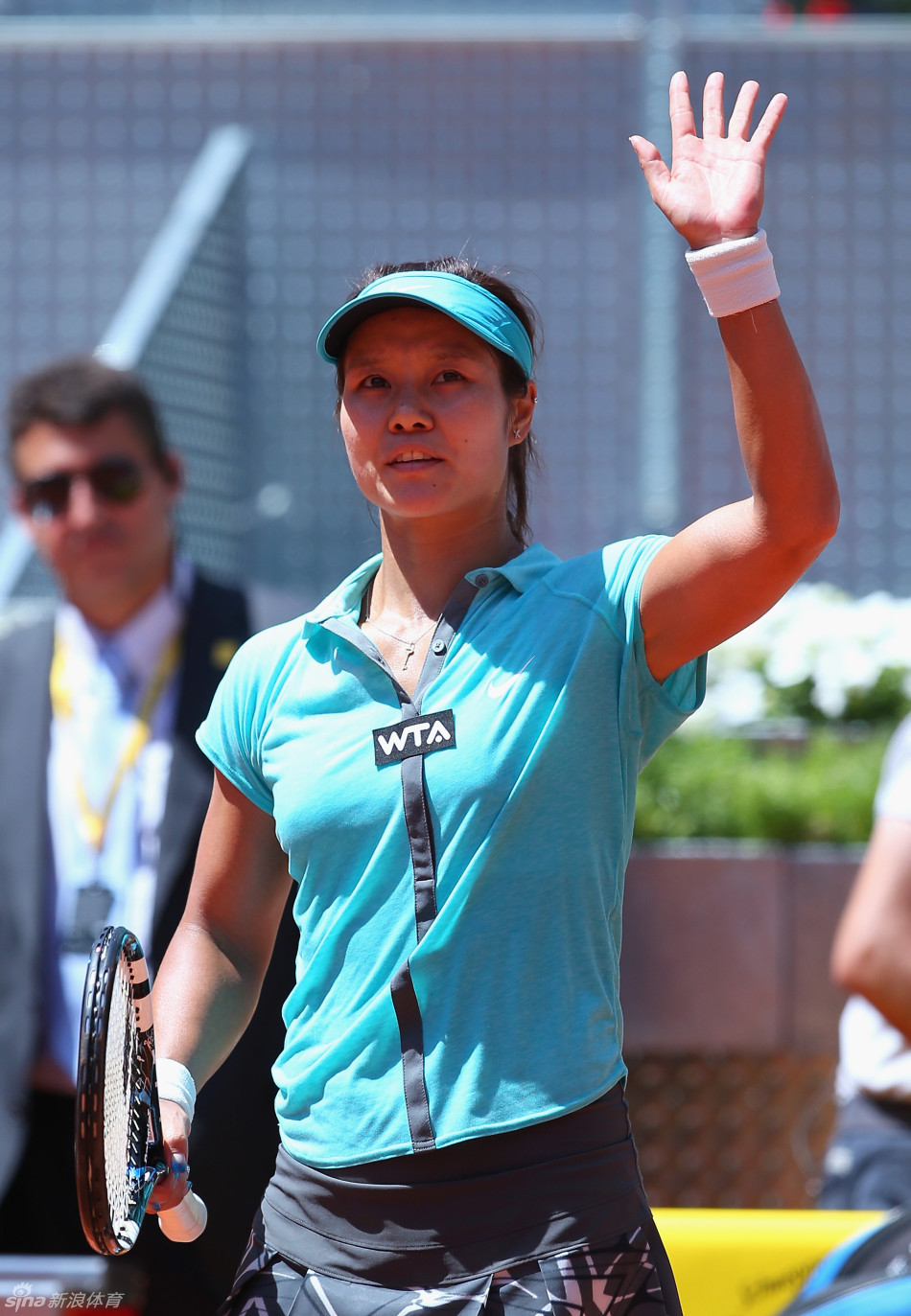
The controversial nature of the Madrid Open is precisely its charm: the failure of the blue-clay experiment has driven the discussion of the event; The high-altitude course becomes a test stick for the skill of the players. Kvitova's ups and downs, Sabalenka's tenacity, and Li Na's unexpected defeat weave the dramatic tension of the event. From model caddies to blue clay marketing, the event has successfully turned the topic into commercial value while maintaining the standard of competition. As Tiriac puts it: "Tradition takes time to shape, and Madrid is willing to wait." "The tournament has evolved amid controversy and has become a legendary stage to be reckoned with in the clay season.(Source: Tennis Home Author: Xiaodi)







 Links
Links
 Contact
Contact
 App
App


